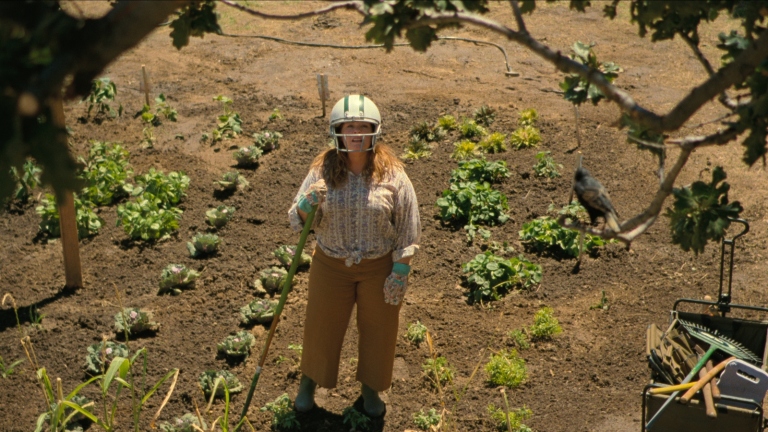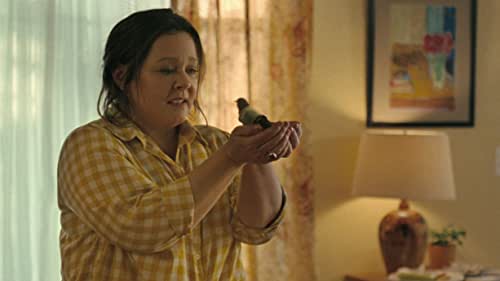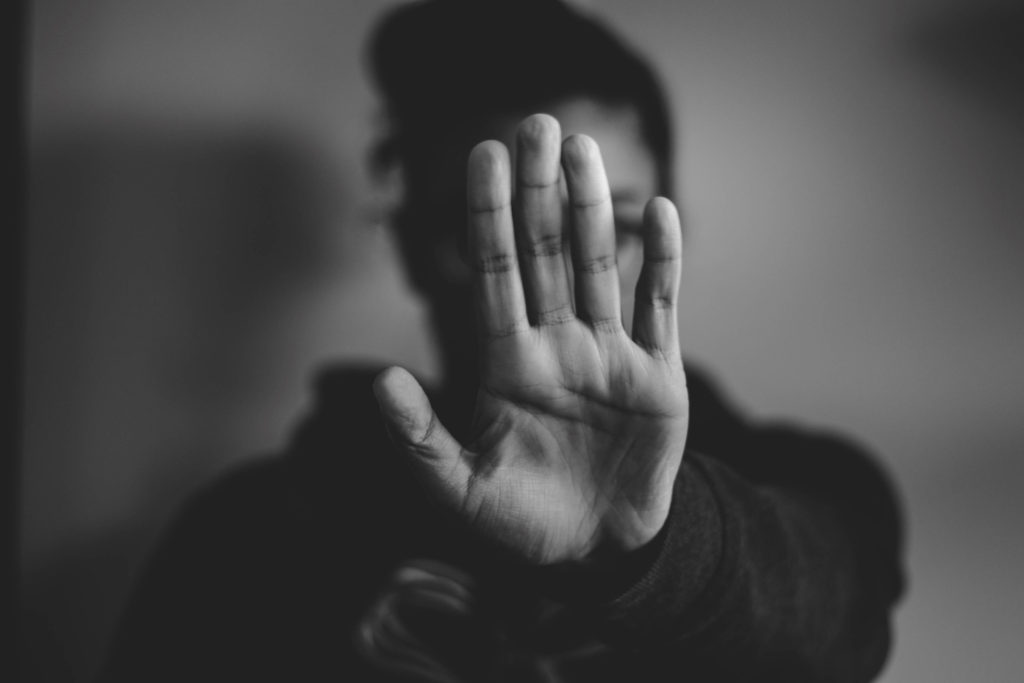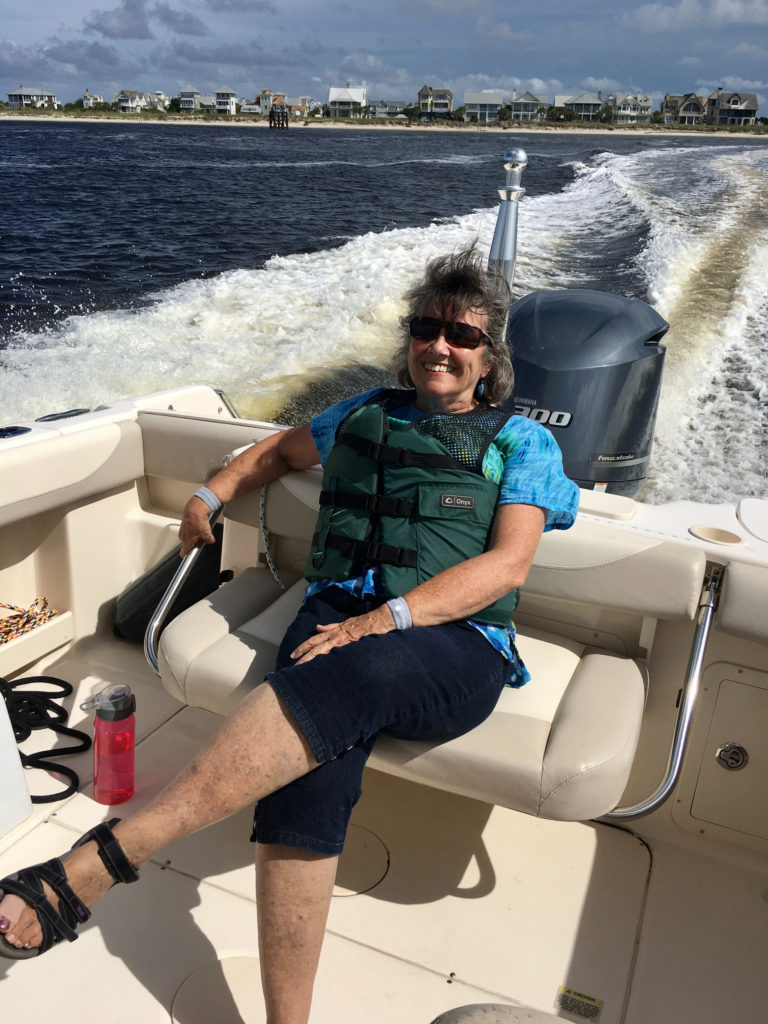
“The Starling” is a recent film released by Netflix, depicting two broken, grieving people, Jack and Lilly Maynard (Chris O’Dowd and Melissa McCarthy), coming to terms with a difficult new normal after the death of their infant daughter.
As I watched the story unfold about this couple suffering under the pain of loss, tears were streaming down my face as I acknowledged my own recent loss. But these tears weren’t just tears of catharsis from a sad movie, but rather they were tears of relief, knowing that I wasn’t alone in my grief experience.
After the unexpected loss of their infant daughter (later explained as a SIDS death), the happy couple finds themselves separated by an impassible gulf of grief. One year later Jack lives in a mental hospital, afraid to face his new, painful reality. Lilly is holding down the fort at home, keeping everything together while she gives Jack time and space to mourn. But is she as well as she would have everyone believe?
When a small bird attacks Lilly, not just once, but repeatedly, all of her grief-induced anger comes to the surface. Her true feelings can no longer be ignored. In fact. that small bird (a starling, in fact) is the catalyst for Lilly’s true healing, and ultimately, for Jack’s as well.
A key observation that I made early in the film was that the starling represented Lilly’s grief. It came out of nowhere one day when she was trying to keep everything together for everyone else and nailed her in the head. She shook it off and moved on, but eventually it returned and nailed her again. Over the course of the film, Lilly tried to ignore the starling, hoped it would go away, she tried wearing a helmet to ward off its attacks, she tried to kill it a couple of times, she nursed it and tenderly cared for it, and eventually she learned to live with it.

This insightful film has beautiful lessons about grief wrapped up in it. Here are a few wise crumbs to consider:
1. We each grieve differently and at our own pace
While Jack suffered in a mental hospital and Lilly kept up with life’s responsibilities, no judgments were made about one way of handling grief being better than others. There was merely an acknowledgement that we each have to walk through the pain in our own way.
We learn that Lilly’s primary response was anger; Jack’s was depression. Which character do you think you can relate to the most?
2. We think blame – or shame – will help us feel better.
Lilly’s pseudo-therapist is Dr. Larry Fine (a veterinarian, in fact), who wisely understands that Lilly has been blaming herself for her daughter’s death and her husband’s depression. He says:
“We can’t stand the idea of something so tragic happening for no reason at all. And emotions have to find a way out, and they always do. So we kick the cat, or we kick the dog, or poison a bird. And worst of all, we turn on ourselves.”
Dr. Fine had a point. We seem to need a reason for the hard things that happen to us, and in our sensitive emotional state often the most logical reason is that “I messed it up. It’s my fault.”
In my mom’s death I have great comfort in knowing that there is a reason for the suffering she had to endure and we now have to endure. I hate it. I’d give it up in a heartbeat. I don’t understand the reason at all from my seat in this arena. But God knows it and I trust him.
“He will wipe away every tear from their eyes, and death shall be no more, neither shall there be mourning, nor crying…”
Revelation 21:4
Are you blaming yourself? Or shifting the blame to someone else? What would it look like to release the blame?
3. We might never be the same as before…and that’s okay.
In the film, Jack admits to his (terrible) psychiatrist that he is afraid to go home. He knows that Lilly hopes that one day they can get back to the way they were, but he says he doesn’t know if things can ever be the way they were.
“I don’t know how to get back there. I can’t be who I was for her.” Jack Maynard
I’ve felt this same fear since the loss of my mom. I used to feel lighter. I used to be lighter. Maybe I’ll get back to that place. But maybe I won’t. Will the ones I love still love this new me?
But as Jack and Lilly relearn how to communicate with each other, how to forgive each other, and how to love each other again, they learn that what they have won’t be the same as it was, but that together they can create a new normal.
How has your grief changed you? Have you accepted this new you or are you grasping for the past?
Subscribe Here To Keep Up With Candidly Kendra’s New Posts!
4. The greatest gains in healing happen in community.
When the film opens, both Lilly and Jack are isolated, hiding from a terrible reality and avoiding its pain. When the starling takes Lilly out of her numb existence and walks her straight into her angry reality, she finally reaches out. She forms a friendship with a therapist-turned-veterinarian who helps her learn about her grief. Lilly’s friendship with Dr. Fine prepares her to open her heart again to Jack. She learns to tell the truth to the people who love her. She learns to trust them with her heart.
[SPOILER ALERT]
And that’s how the film ends: Lilly and Jack running out to the yard, helmets on, to face the starling together.
You see, our grief may live with us a while. Maybe forever.

But we don’t need to face it alone.
Who can you open your heart to? Who can have your back as you face your grief?
See Also

When I’m Not Lovable
What if the beautiful things about who I am were somehow lost? What if I cease to be lovable because grief breaks me?

Remembering Mom



